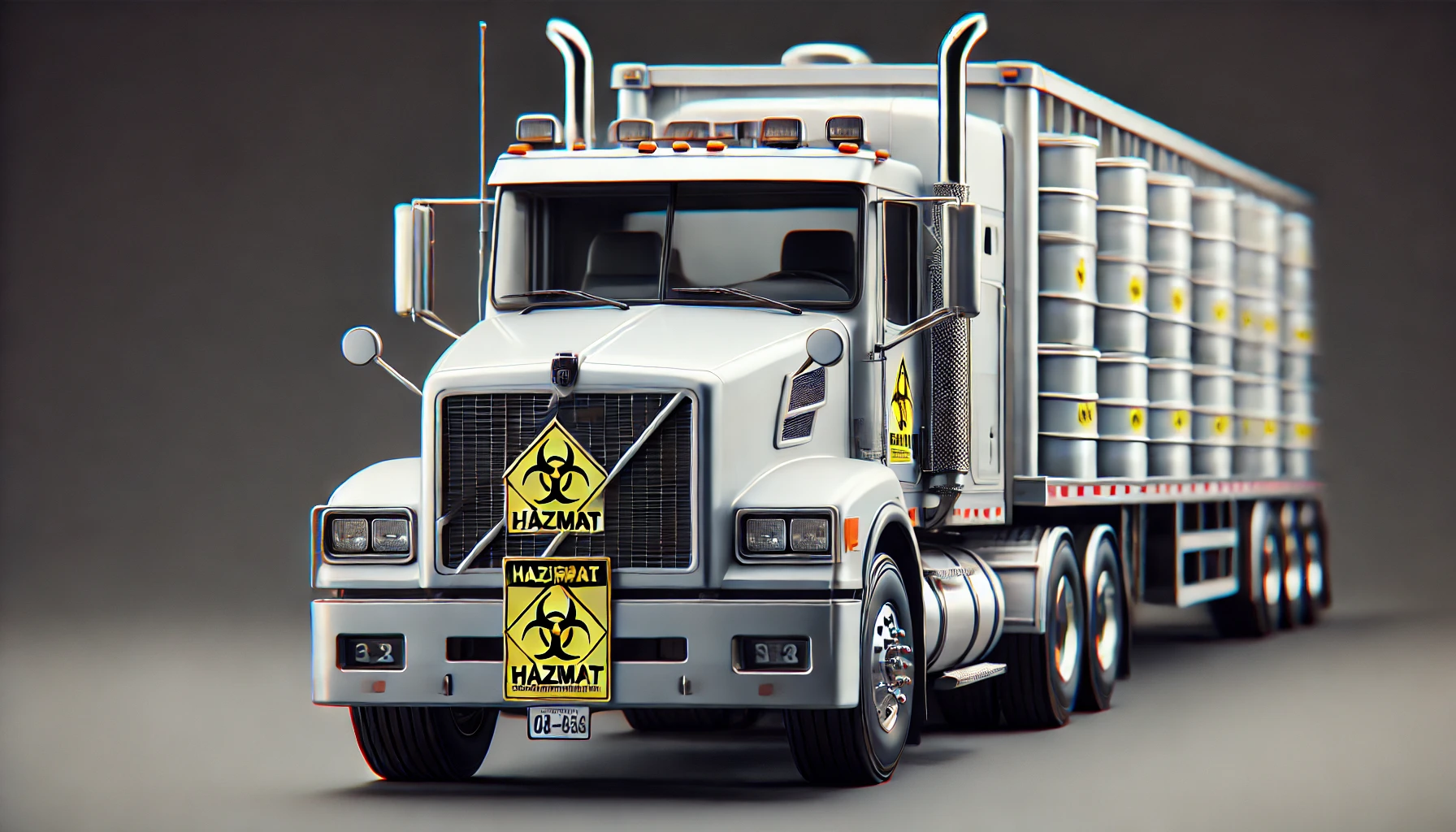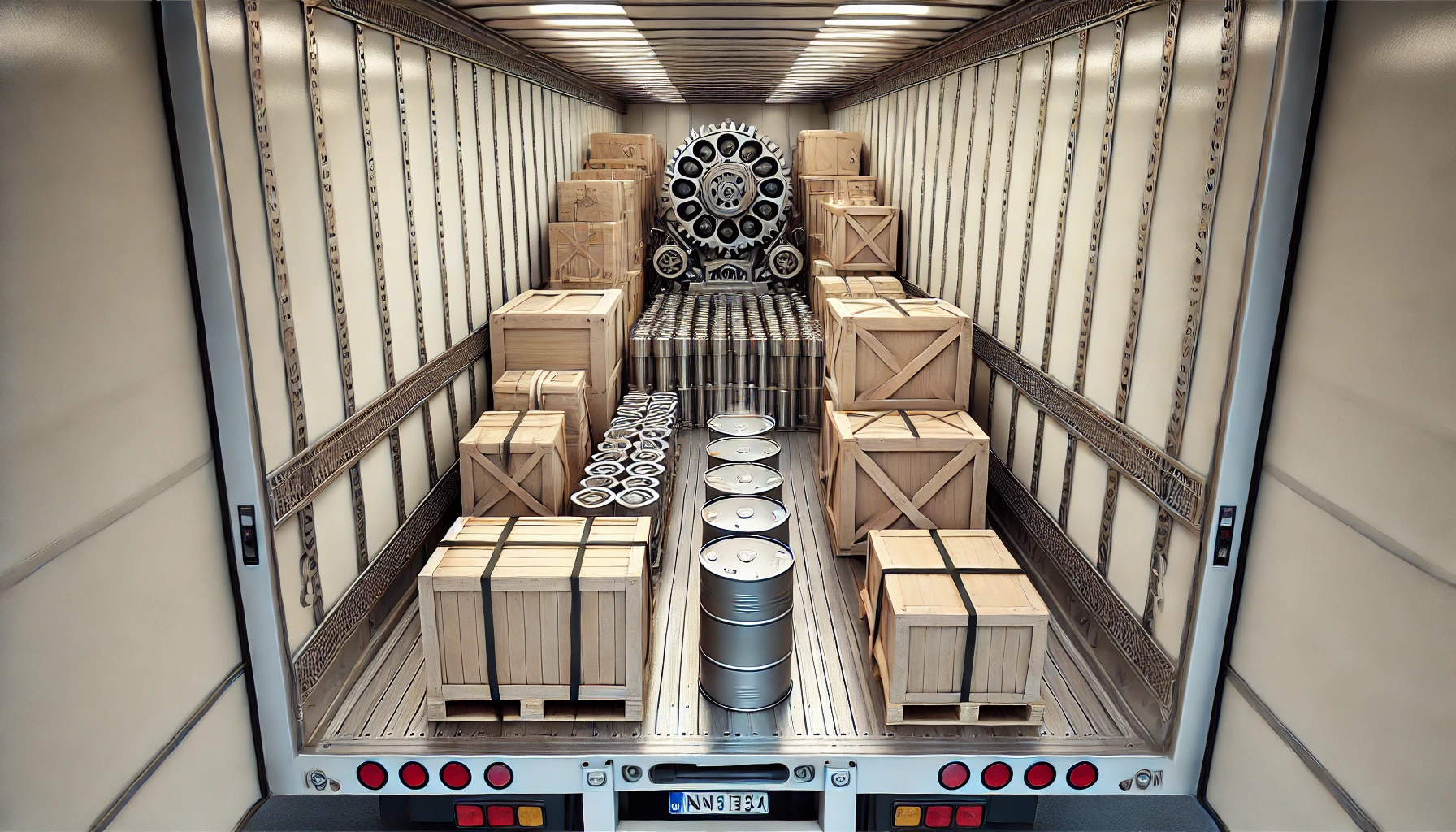Hazmat & Non-Stackable Shipments
Certain shipments require special handling to ensure safety, compliance, and cargo protection. Two of the most important classifications are Hazardous Materials (Hazmat) and Non-Stackable shipments. Below, we provide a detailed explanation of each classification, why it matters, and when to select these options.
1. Hazardous Materials (Hazmat)

Definition: Hazardous materials, also known as **Hazmat**, are items or materials that pose a risk to health, safety, property, or the environment during transportation. This includes chemicals, flammable liquids, radioactive substances, and certain batteries.
When to Choose This Option?
- Your shipment contains chemicals, flammable materials, or toxic substances.
- You’re shipping batteries, paints, solvents, or industrial chemicals.
- The shipment requires compliance with government regulations for hazardous materials transport (like the U.S. Department of Transportation (DOT) or International Air Transport Association (IATA) regulations).
Key Considerations
- Regulatory Compliance: You must follow specific rules set by the DOT, IATA, or other regulatory bodies to ship Hazmat materials.
- Documentation Requirements: Proper labeling, documentation (like **Material Safety Data Sheets (MSDS)**), and placards are required.
- Driver Certification: Only drivers with Hazmat endorsements can transport hazardous materials.
- Cost Impact: Shipping Hazmat typically incurs higher fees due to regulatory compliance and specialized handling.
Example: A chemical supplier is shipping barrels of industrial cleaning agents that are classified as flammable liquids. Since these materials are regulated by the DOT, the supplier ensures proper labeling and provides the driver with Material Safety Data Sheets (MSDS) before transport. The carrier uses a Hazmat-certified driver to move the load safely and legally.
2. Non-Stackable

Definition: Non-stackable shipments are items that **cannot have other cargo stacked on top of them**. This is often because the items are fragile, oddly shaped, or too heavy to support additional weight on top.
When to Choose This Option?
- Your cargo is fragile, breakable, or cannot support the weight of other items placed on top.
- You’re shipping goods with uneven surfaces, like furniture, machinery, or oddly shaped items.
- Your packaging is not designed to support additional loads (like open-top crates or uncovered pallets).
Key Considerations
- Additional Space Required: Non-stackable shipments require more space since nothing can be placed on top, leading to higher shipping costs.
- Labeling: Shipments must be clearly labeled with "Do Not Stack" signs or stickers to prevent handling errors.
- Cost Impact: Since fewer items can fit in the truck, you may be charged for unused vertical space.
Example: A furniture retailer is shipping dining tables to a distribution center. Since the tables are fragile and unboxed, they are marked as non-stackable. The carrier ensures that no other cargo is placed on top of the tables, resulting in higher shipping fees due to the use of additional space in the truck.
Ready to Transform Your Freight Experience?
Sign up today and discover how simple and efficient freight management can be with FreightManager.
Get Started